One hundred years ago, in 1924, oil gushed out from beneath the soil of the small village of Gabian, near Béziers!
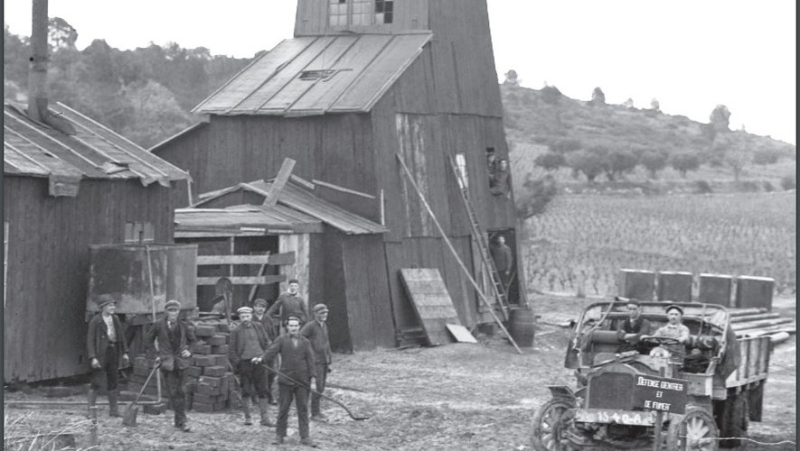
The first oil well in Gabian, built in 1924 Jacques Boyer/Roger-Viollet – Gabian Oil Museum
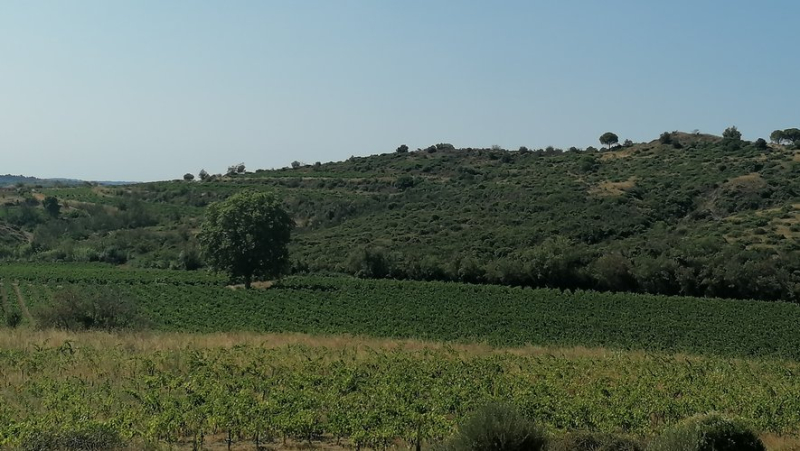
Where the tree grows among the vines, there was one of the oil wells. Diane Petitmangin
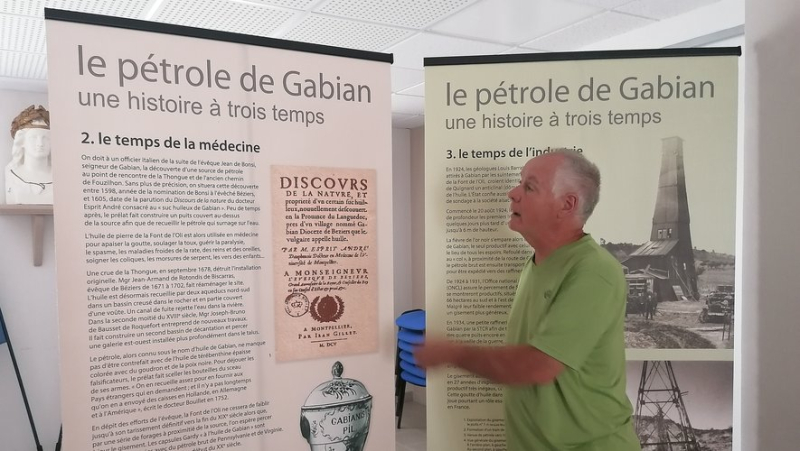
Guilhem Beugnon, author of a comprehensive work on the Gabian oil epic, designed the museum space. Diane Petitmangin
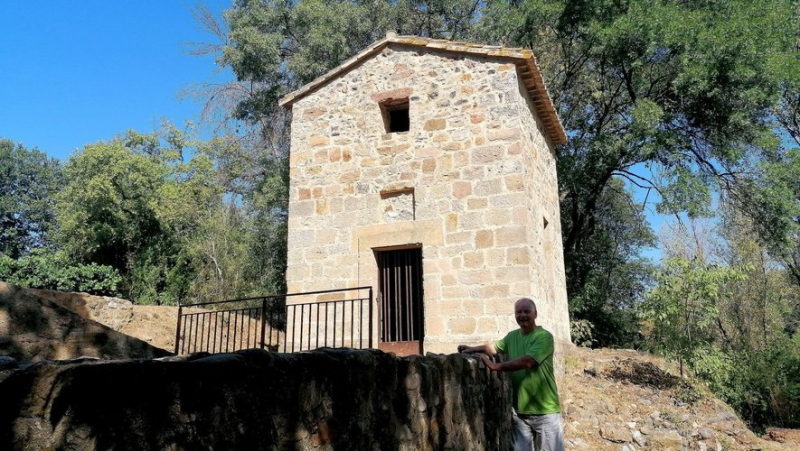
The Font de l’oli was restored in 2016 and listed as a Historic Monument. Diane Petitmangin
At the time, everyone wanted to believe in this new Eldorado, which would not be one. But black gold, called Gabian oil at the beginning of the 17th century, had been irrigating the history of this village for much longer.
Who said that in France we had no oil? ? Certainly not the inhabitants of Gabian who had under their feet a deposit of black gold whose hundredth anniversary we are celebrating this year! Because, yes, oil gushed forth for the first time in 1924, from well no. 1 – there have been up to 14 – on the territory of this small Hérault commune.

However, the history of the oldest source of oil exploitation in France has its roots in a much more distant past. At the beginning of the 17th century, Jean de Bonsi, the Italian chaplain of Marie de Medici, the future Queen of France, was then Bishop of Béziers and, de facto, Lord of Gabian and its surroundings.
The characteristic iridescence of black gold
During a visit to "his" lands, one of his Italian officers, near the Thongue, recognizes a familiar bituminous smell. “At the time, Italy was already extracting oil“, reveals Guilhem Beugnon, director of the Sustainable Development Resource Center (Credd) in Vailhan and author of the impressive work “Gabian, at the sources of oil in France” (Les Arts Vailhan).
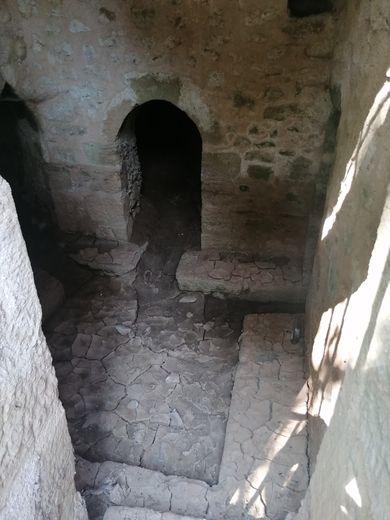
The interior of the source of the Oli and its settling basins. Diane Petitmangin
"The officer digs the sands and ends up seeing the characteristic iridescence of this hydrocarbon. The bishop then has a well dug and a rim built in order to exploit the deposit". The place was named the Font de l'oli (the oil fountain) and, in 1605, the Montpellier doctor of medicine Esprit André published a small pamphlet, “Discours de la nature”, devoted to the “oily juice of Gabian”.
A remedy to cure diseases
At that time and until the 18th century, in France, oil is called … "Gabian oil". And it is attributed with many therapeutic properties. "It may seem crazy but everything was treated with it, it was a universal remedy: gout, children's worms, colic, coughs, skin problems, snake bites…"
To protect this treasure from counterfeiting and to guarantee its authenticity, because some people had seized the vein and sold fake Gabian oils (often a mixture of olive oil and pitch), the bishop decided to bottle it and seal it with wax.
Strategic military importance
During the French Revolution, the source was sold as national property and various industrialists succeeded one another in exploiting it. In the 19th century, the Industrial Revolution and technical progress came along and attempts were made to discover the water table by digging five wells near the Font de l'Oli. “Which only had the effect of drying up the source”.

Workers working on one of the oil wells. Collection S. Misermont – Gabian Oil Museum
But the French government, after the First World War, fully understood the strategic importance, particularly military, of this fuel. "IN 1924, engineer Pierre Viennot was sent to the site by the ONCL (National Office of Liquid Fuels) and attempted to locate the characteristic dome of geological formations conducive to the formation of oil".
A paltry production
He finds one, located 1,500 meters southwest of the source “and experiences what is called beginner's luck because on this day in 1924, oil gushes out onto this plot of vines! The Parisian authorities came to see this miracle and it raised enormous hope: the Eldorado was under our feet."
A whole logistics system was then put in place to exploit, collect and transport the hydrocarbon: increasing the number of drilling rigs and derricks, tanks, development of the Gabian station… Alas, Gabian's oil is very rich in paraffin, "it has to be sent to Alsace to be processed, on the Pechelbonn site, where there is also an oil deposit".
Forgotten
Even the construction of a small refinery in 1938 did not change anything. In 1951, the government sounded the death knell for its industrial exploitation, the vein was not profitable enough. “In total, the aquifer yielded a little more than 24,000 tons of oil, or 150,000 barrels in 27 years. A drop in the ocean of global production.
The Font de l'Oli, its underground networks and this rich industrial past could have sunk definitively into oblivion and disappeared under the brambles if a handful of heritage enthusiasts, led by Guilhem Beugnon, had not mobilized to rehabilitate them, with the support of local authorities.
The oil museum can be discovered at the Gabian town hall, during opening hours. A signposted walk through the countryside leads the curious to the Font de l'Oli. I subscribe to read the rest




